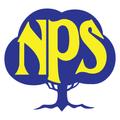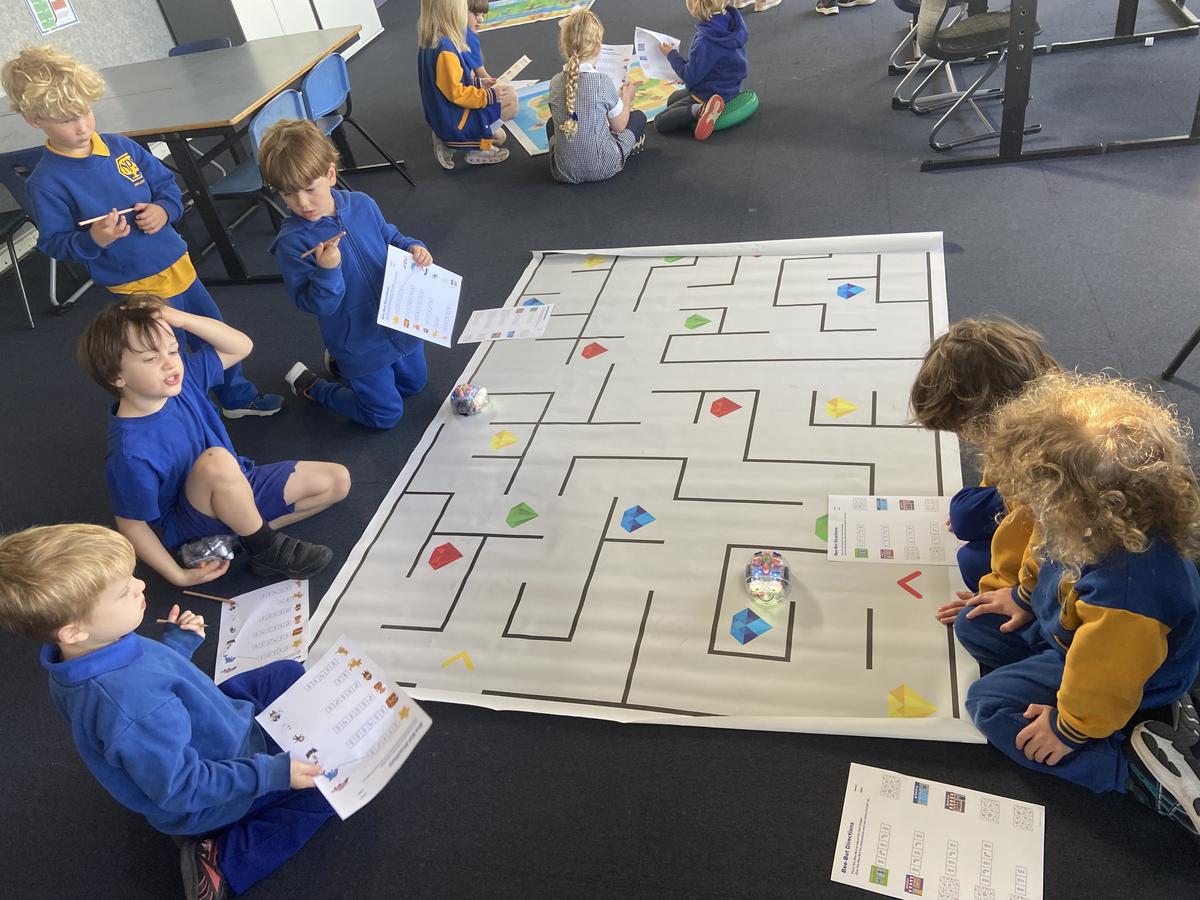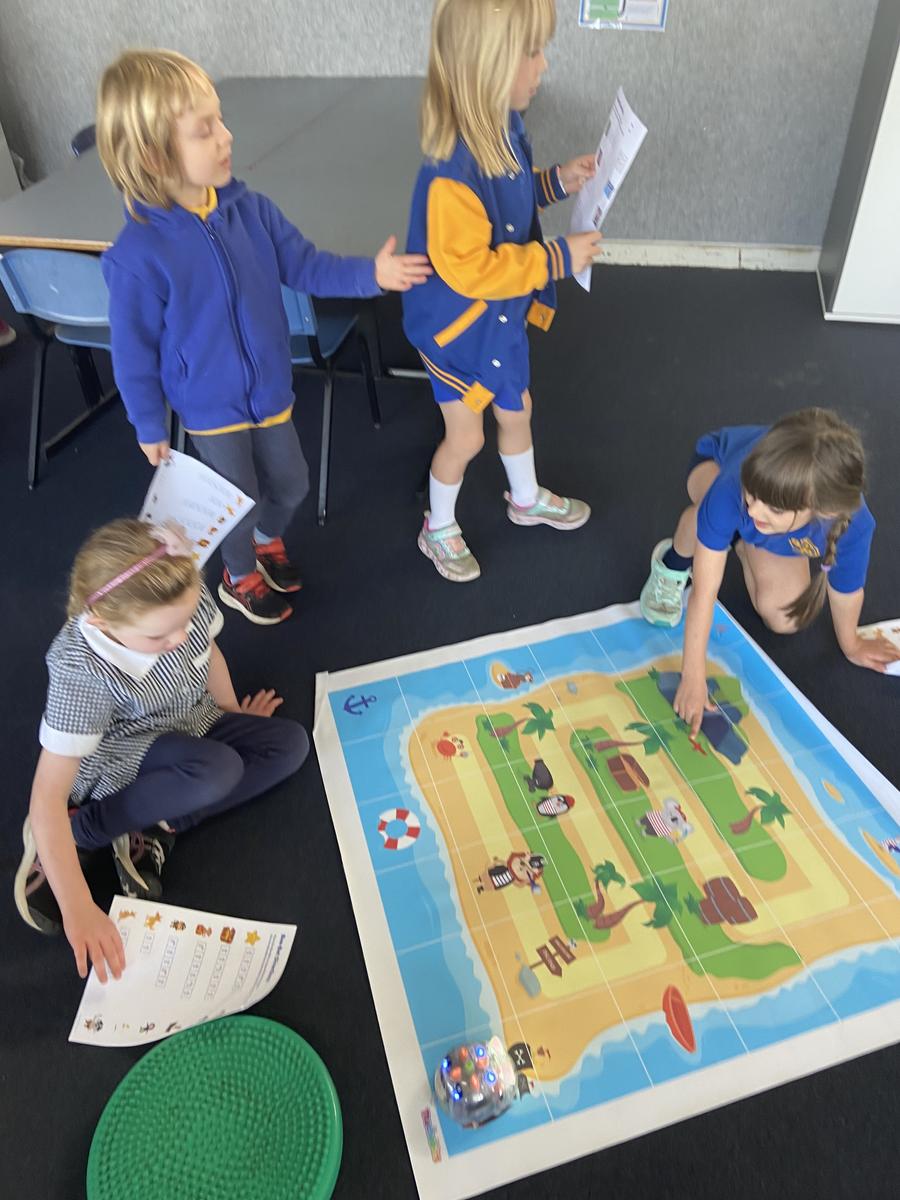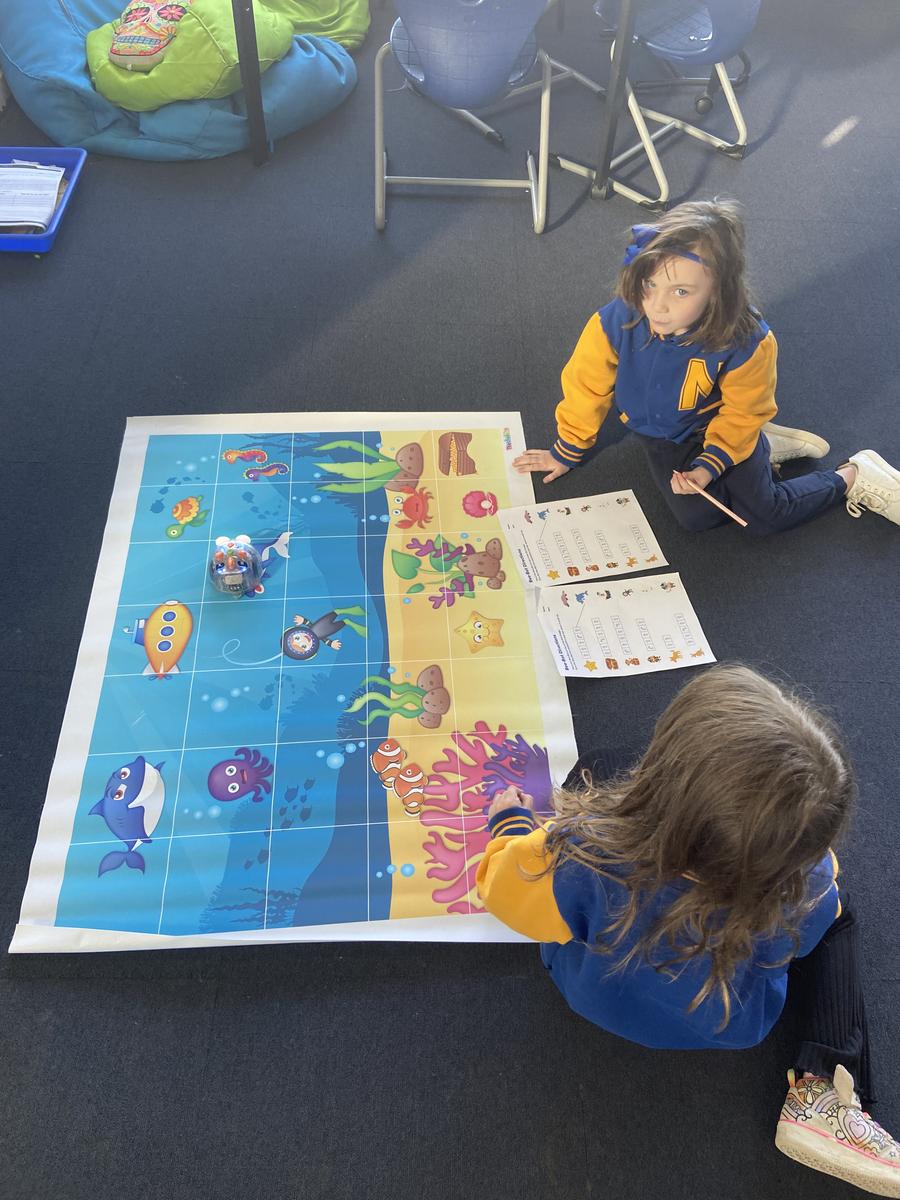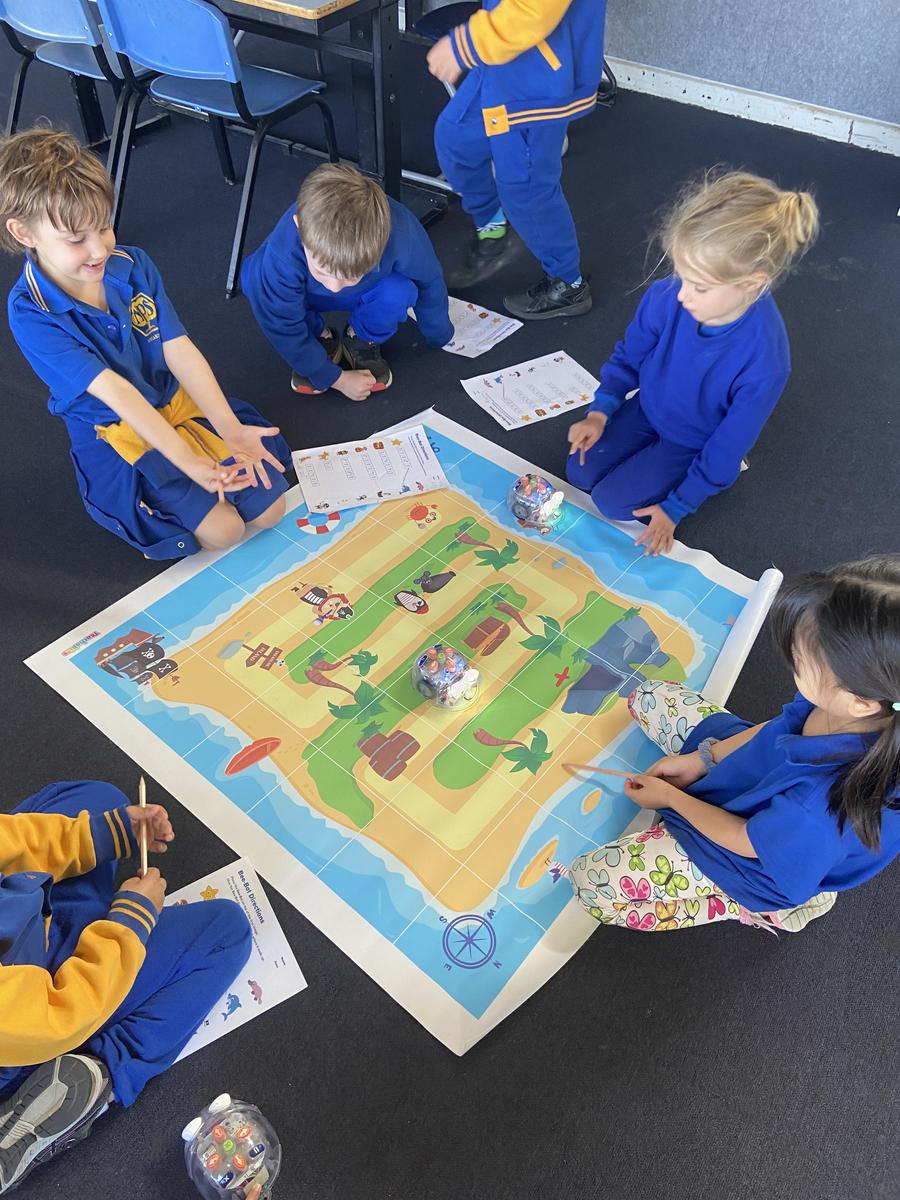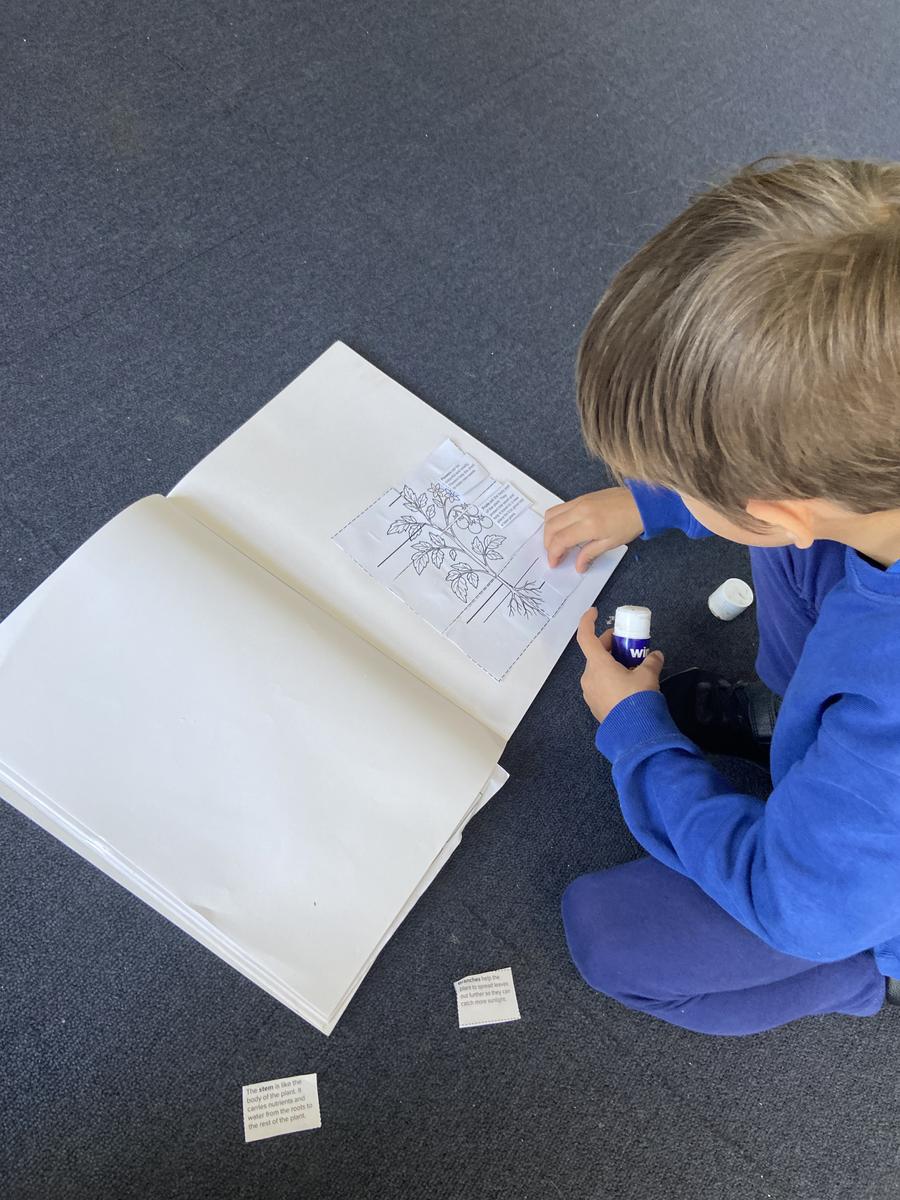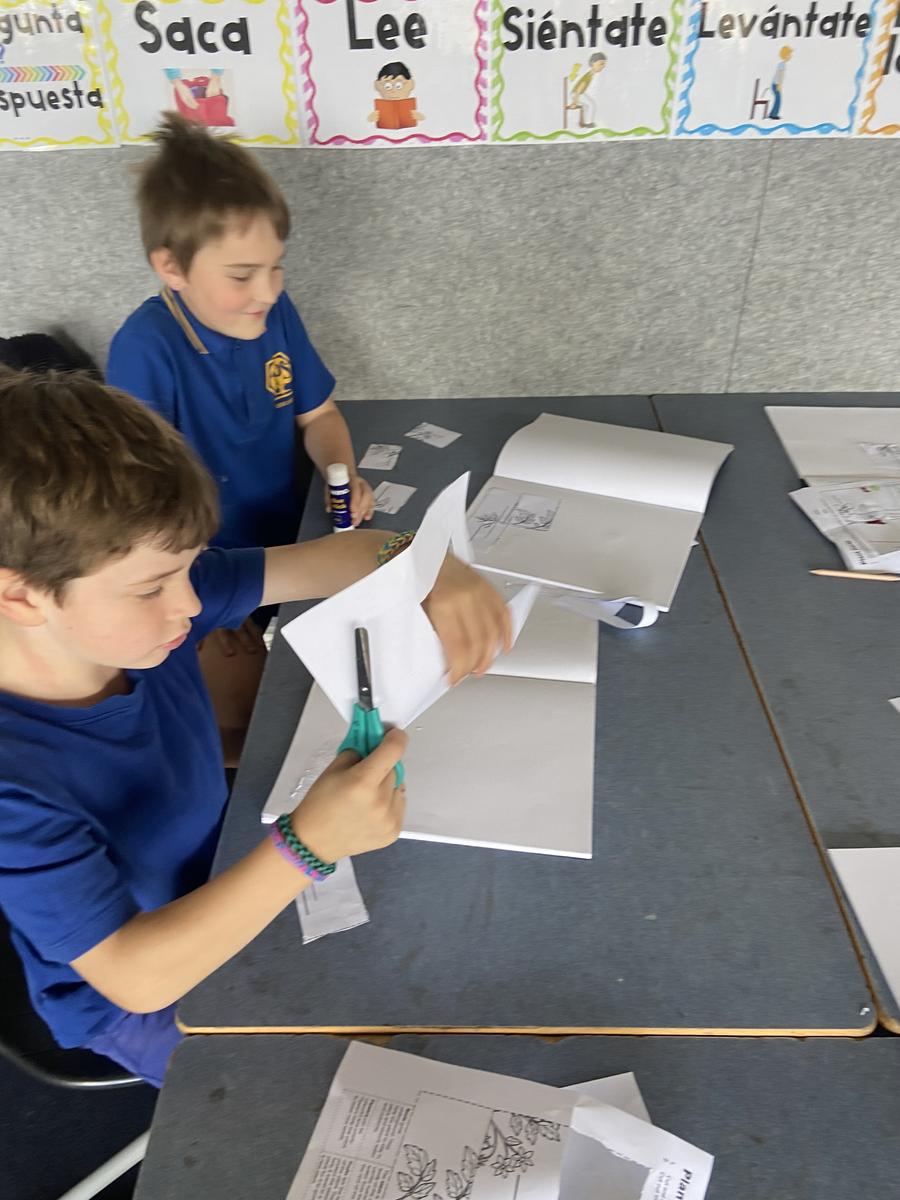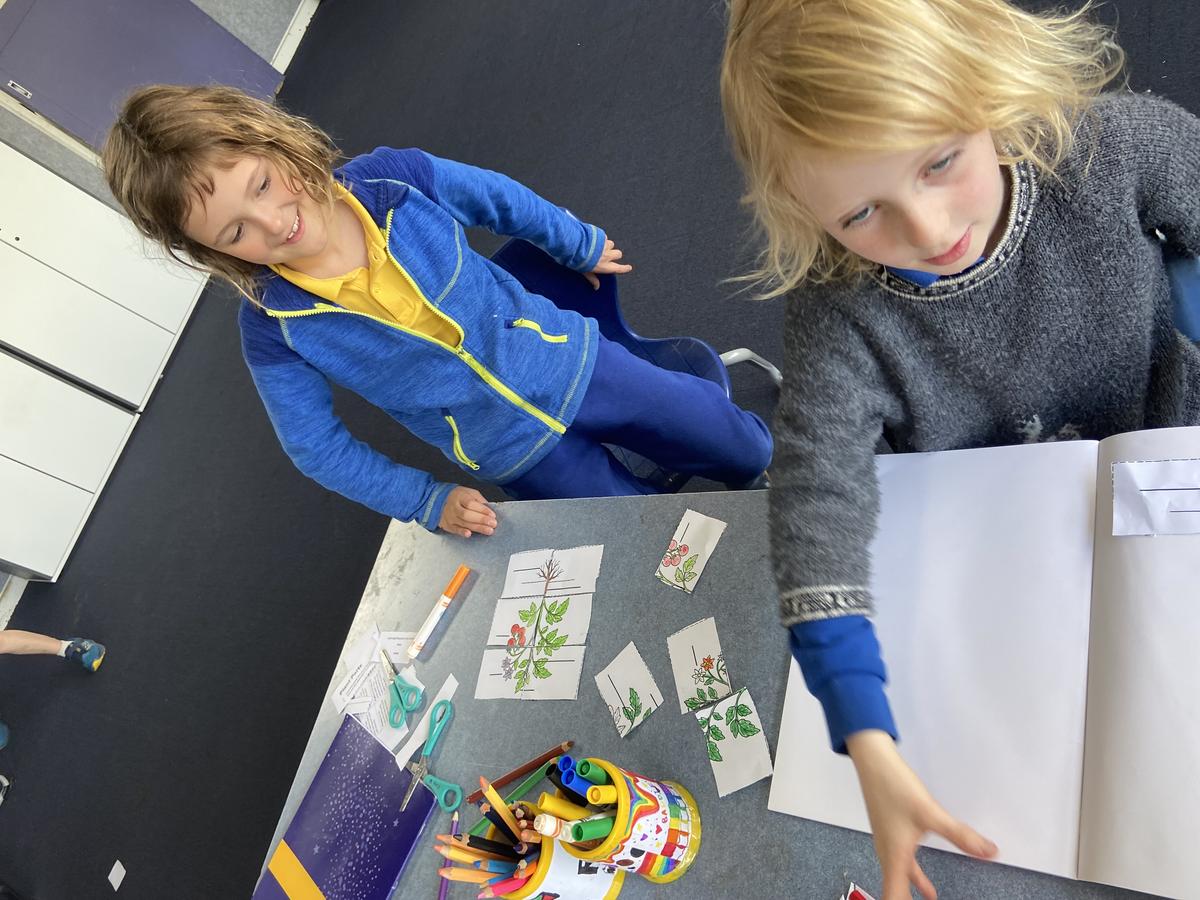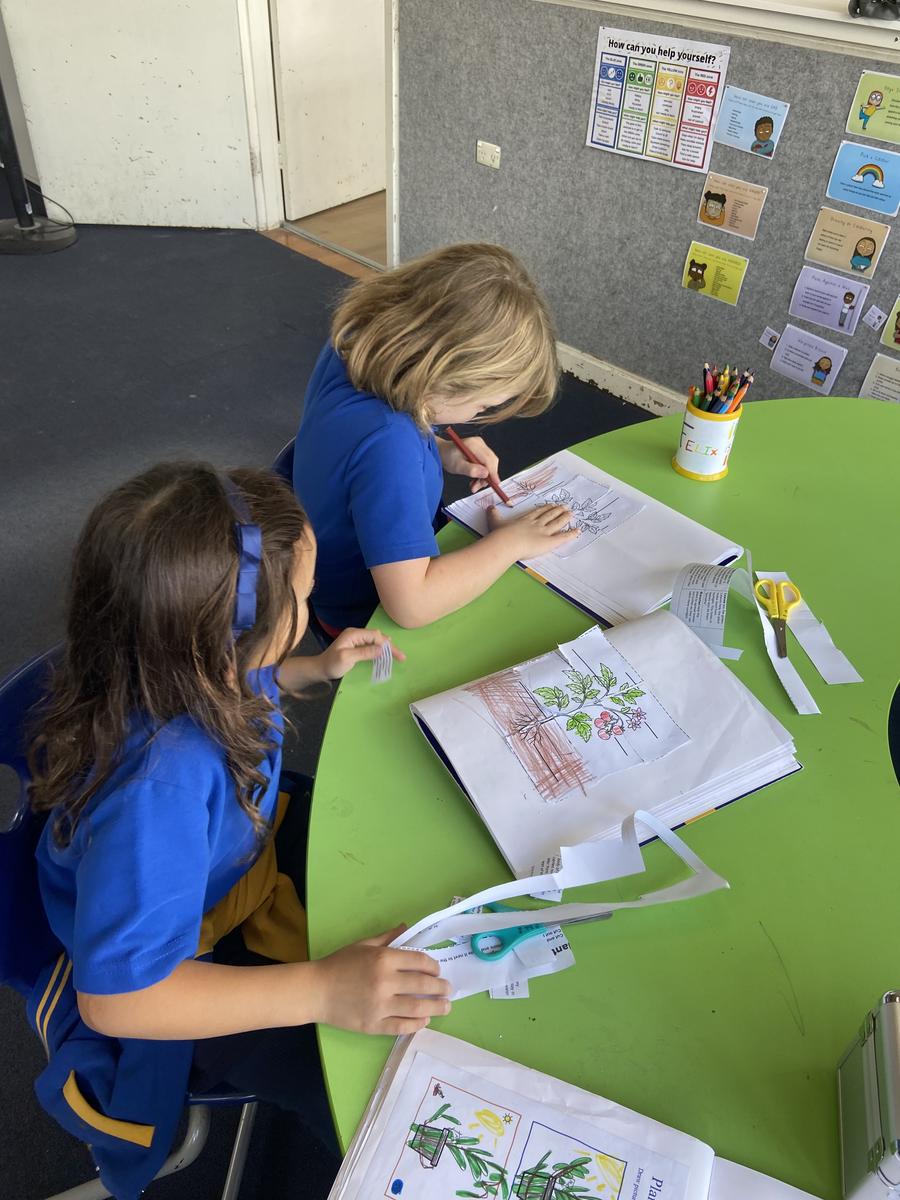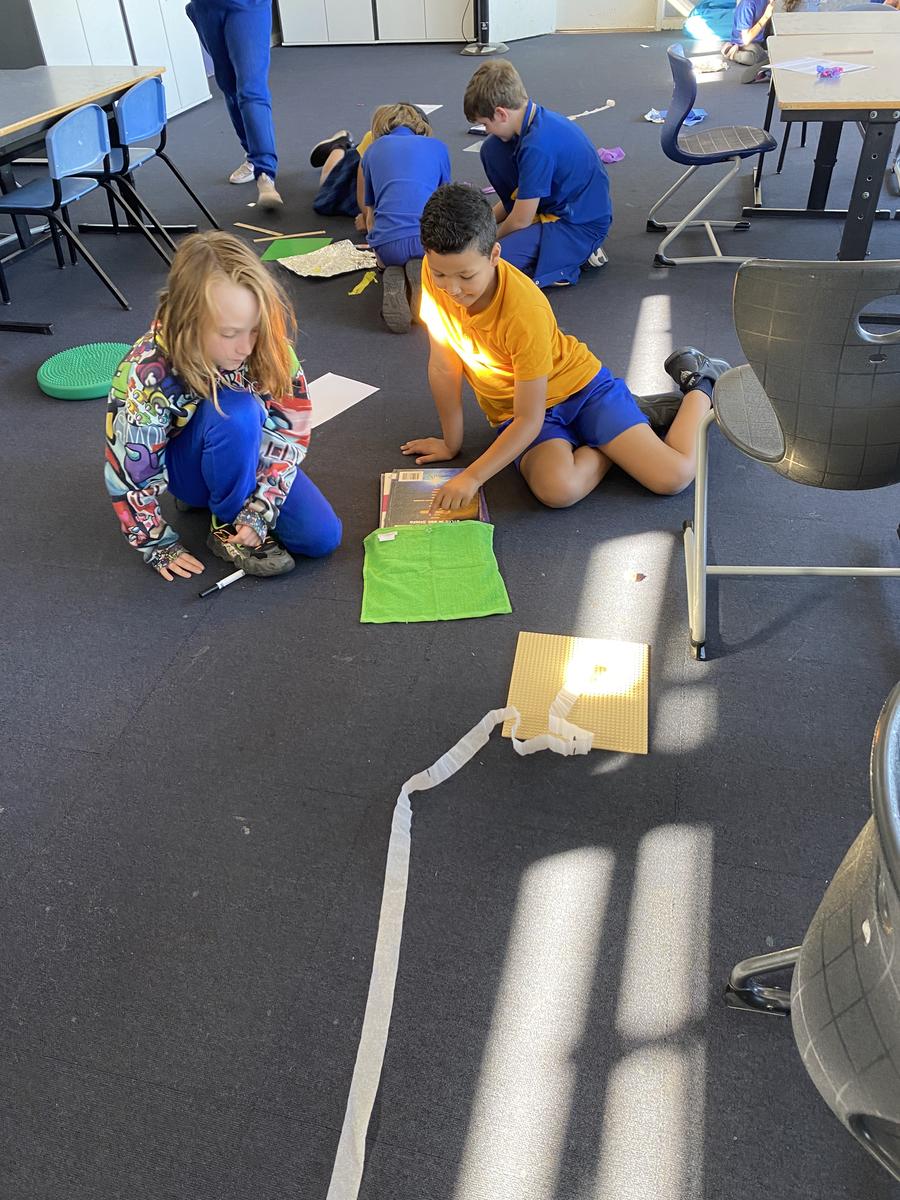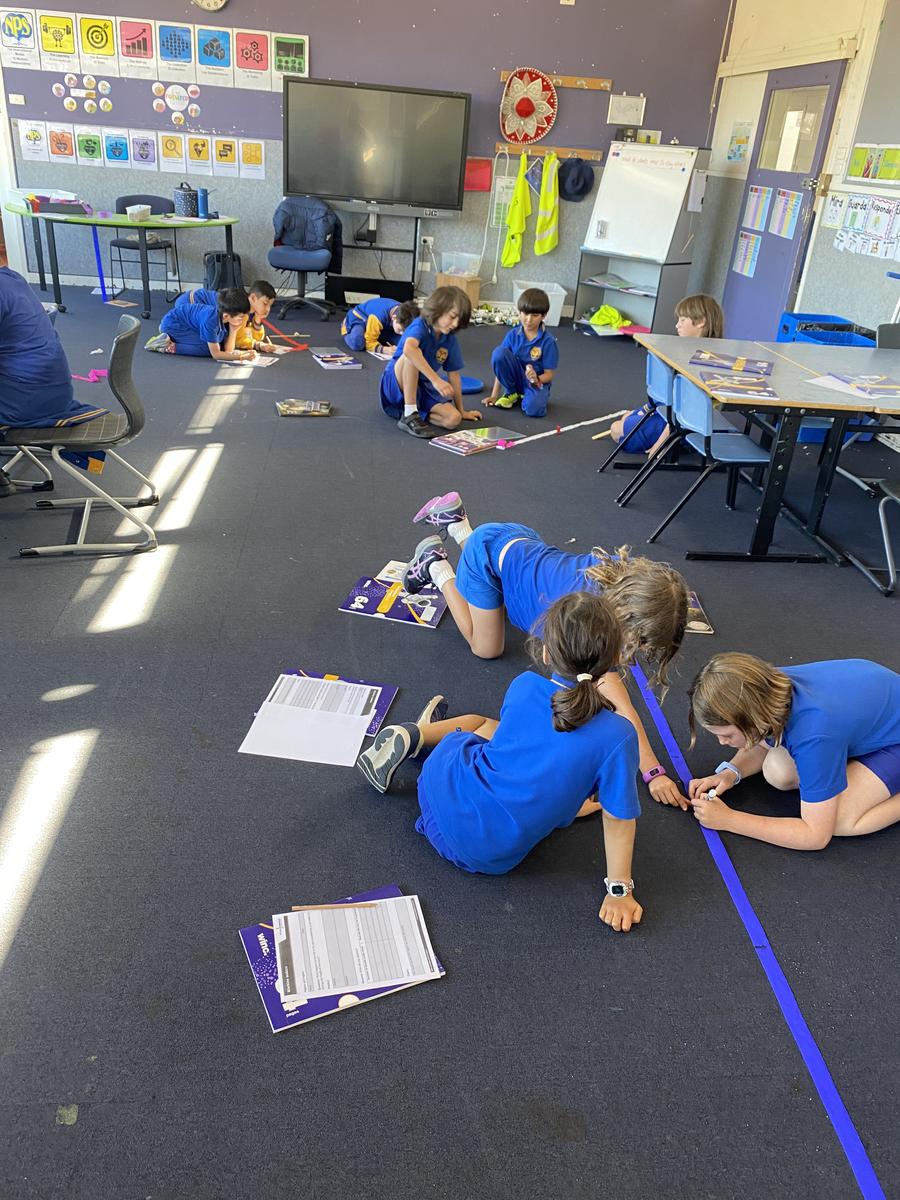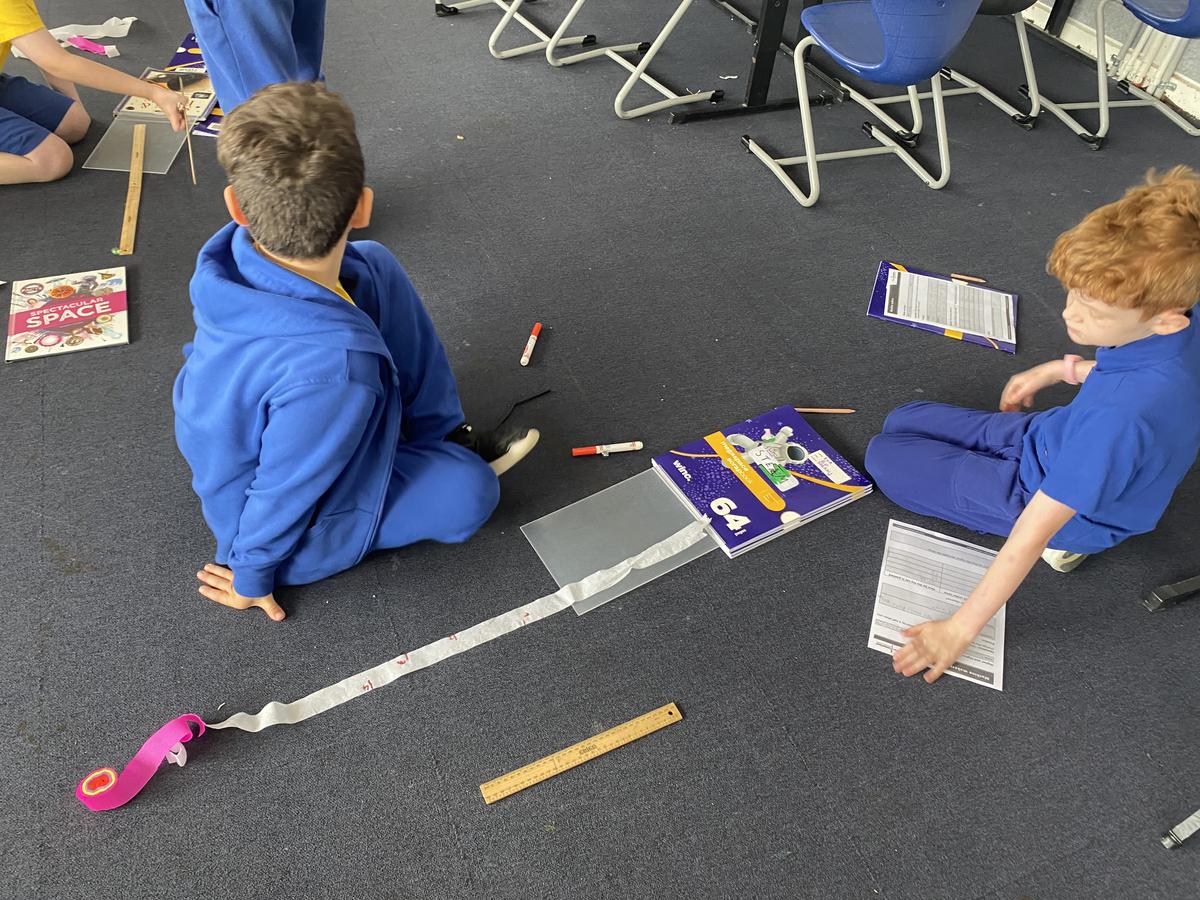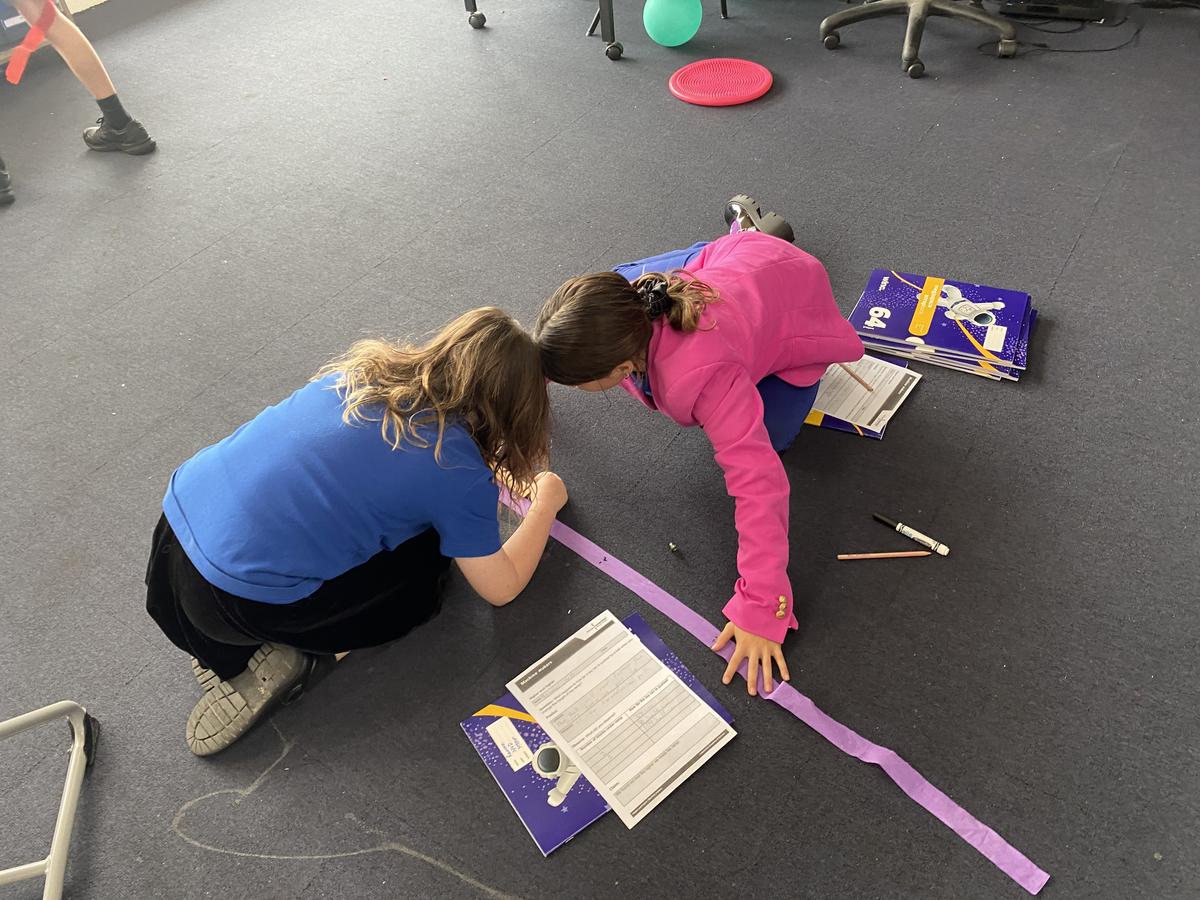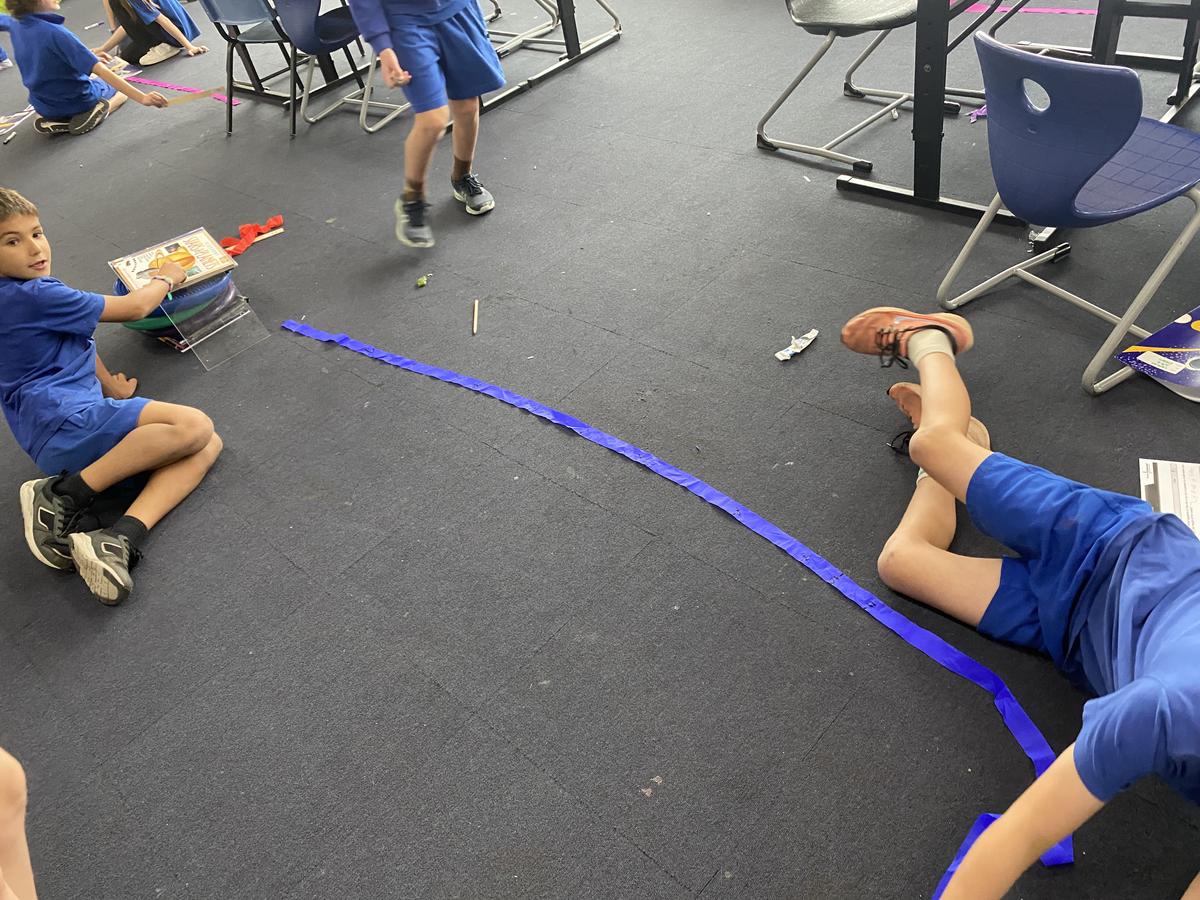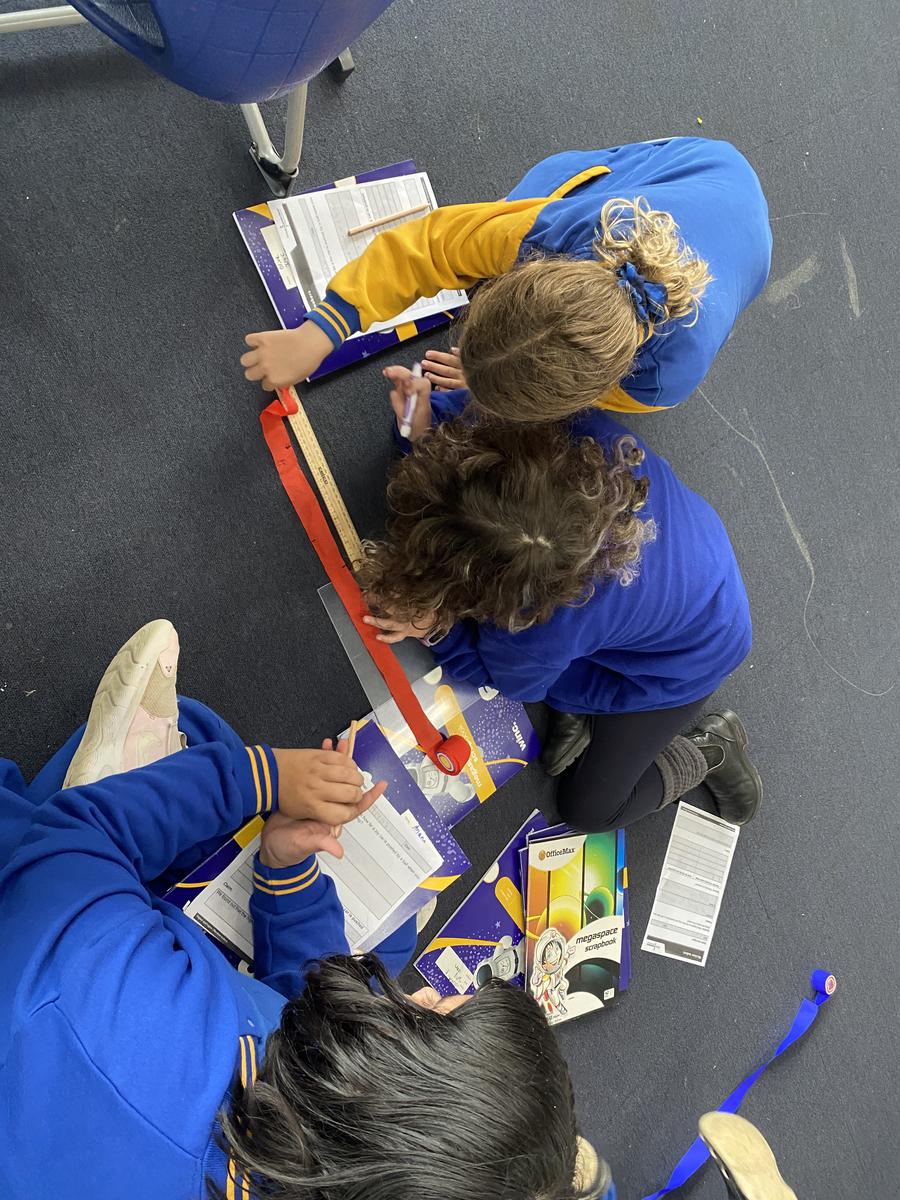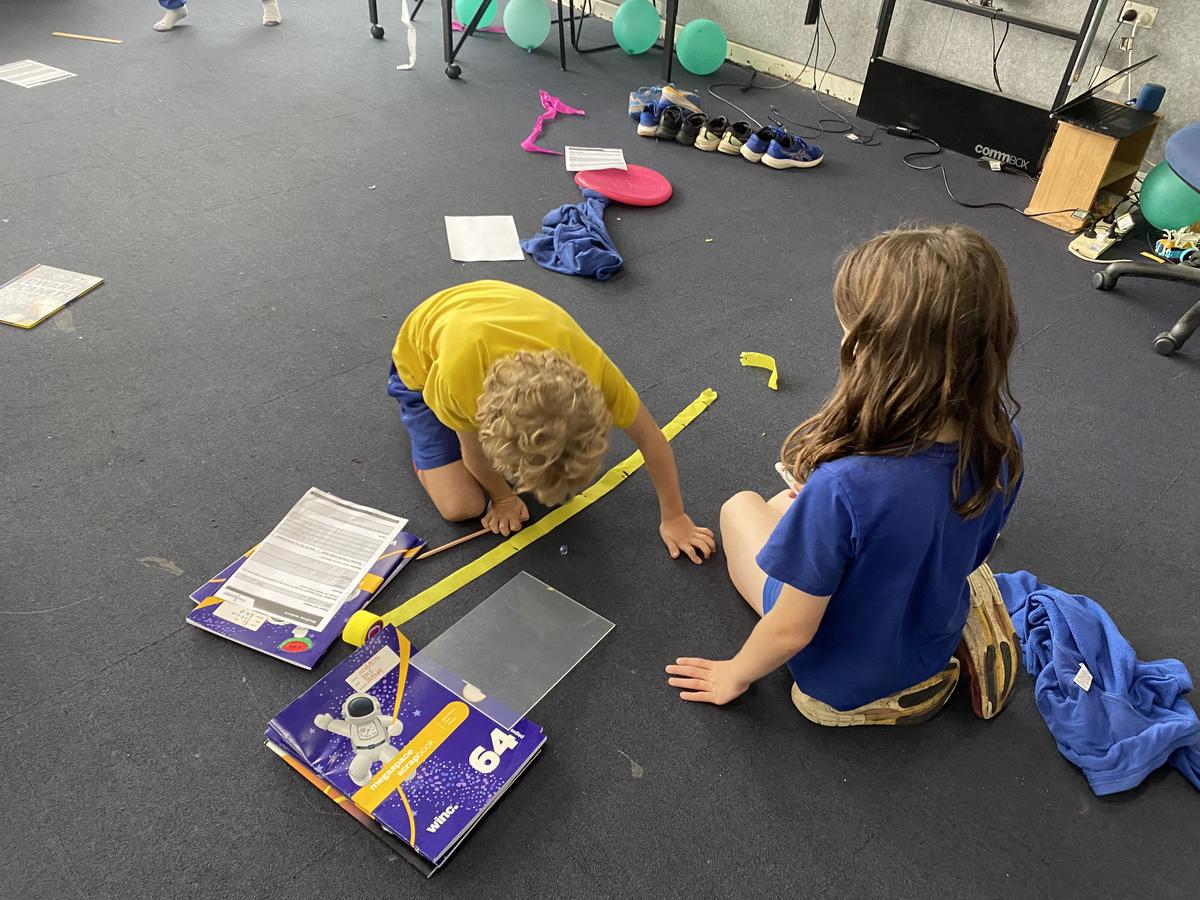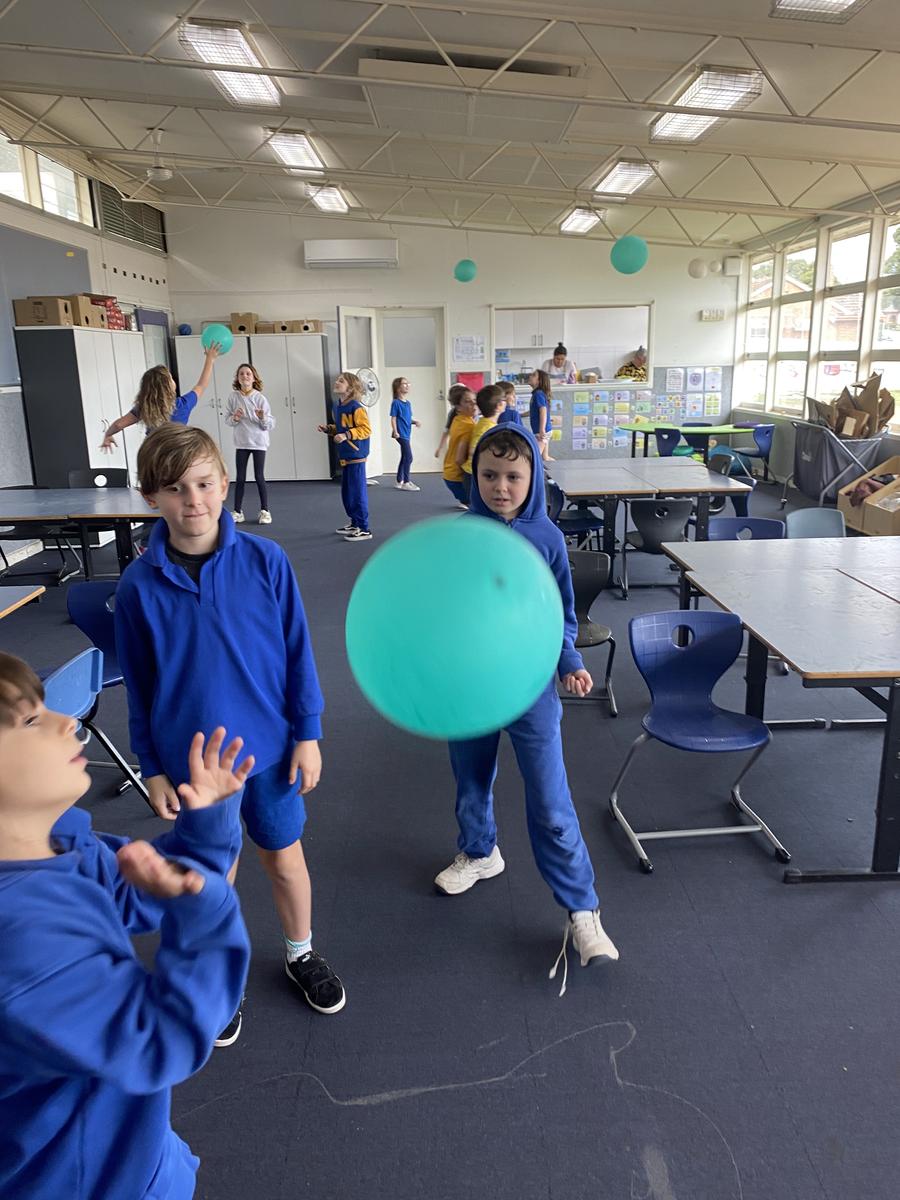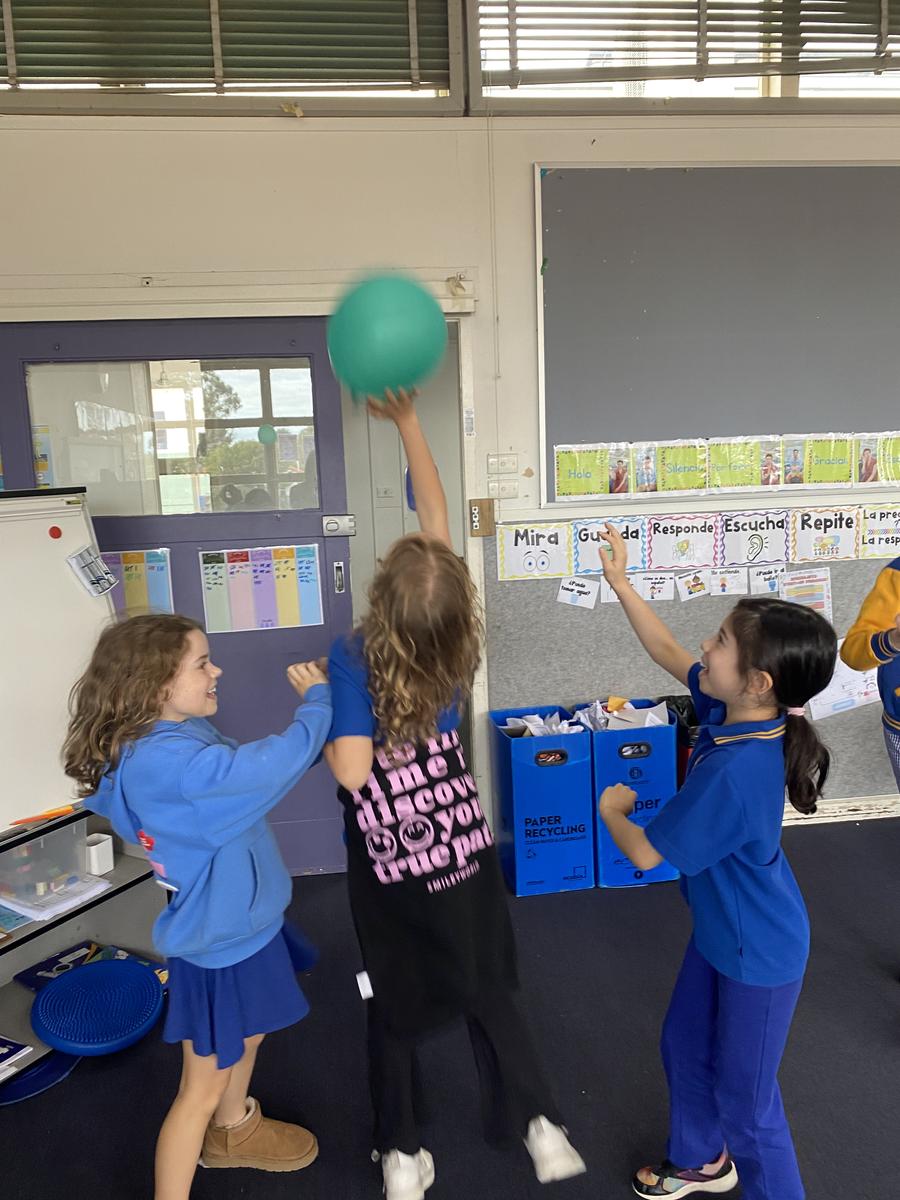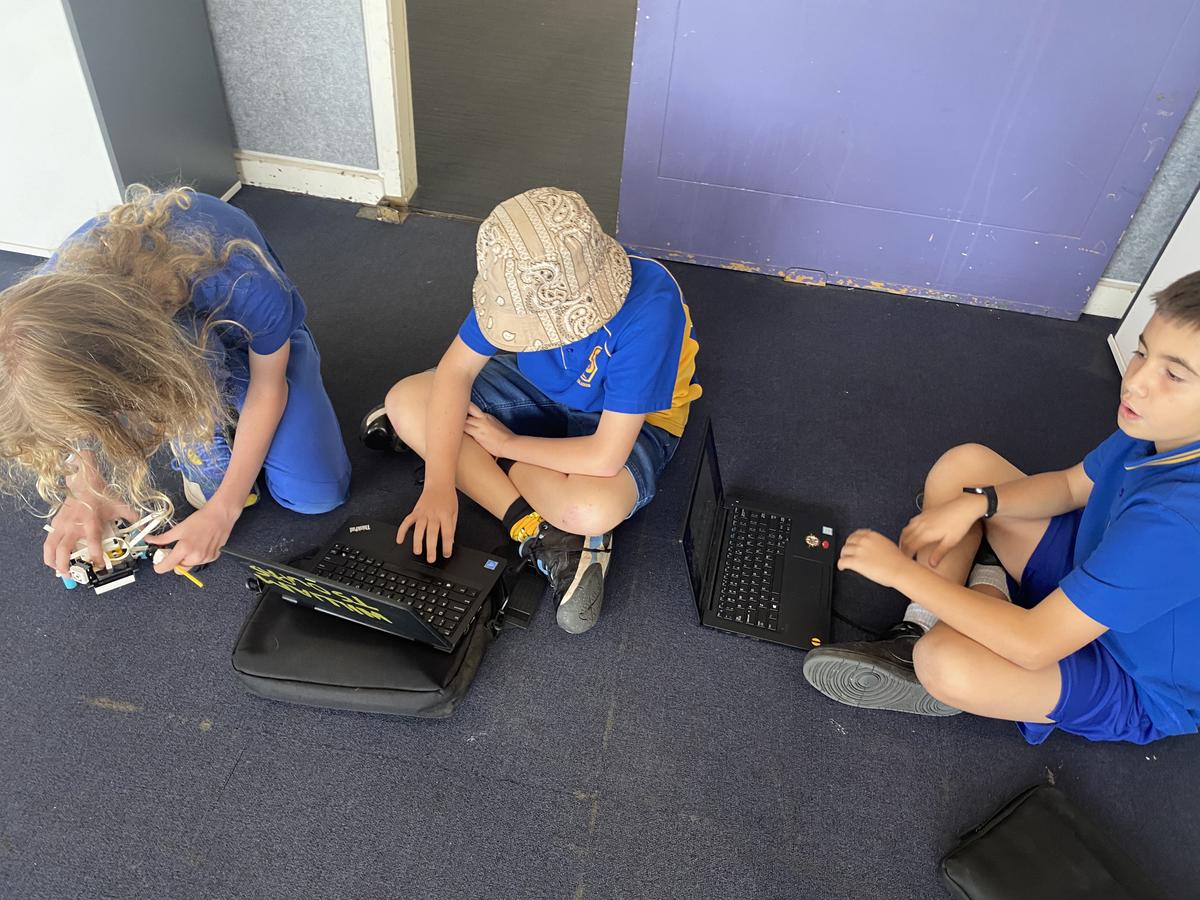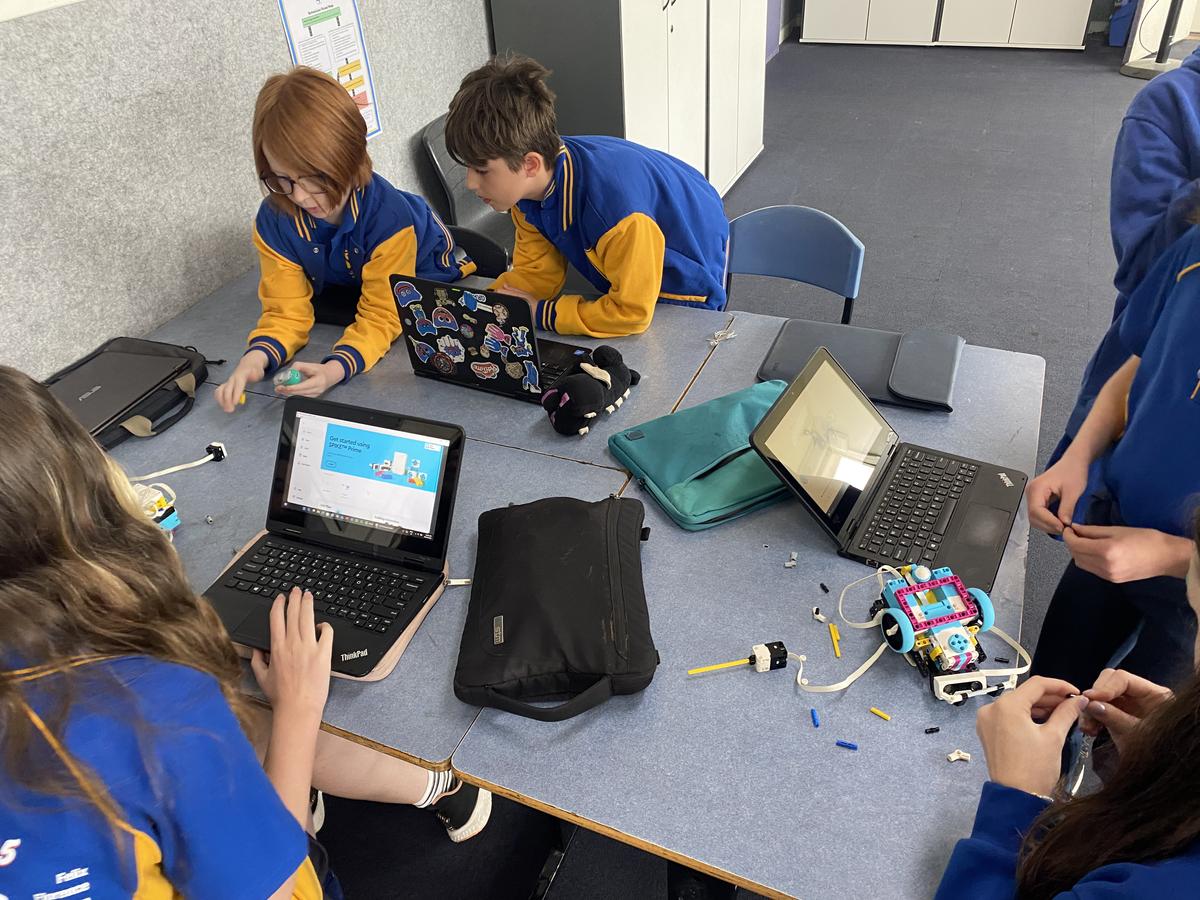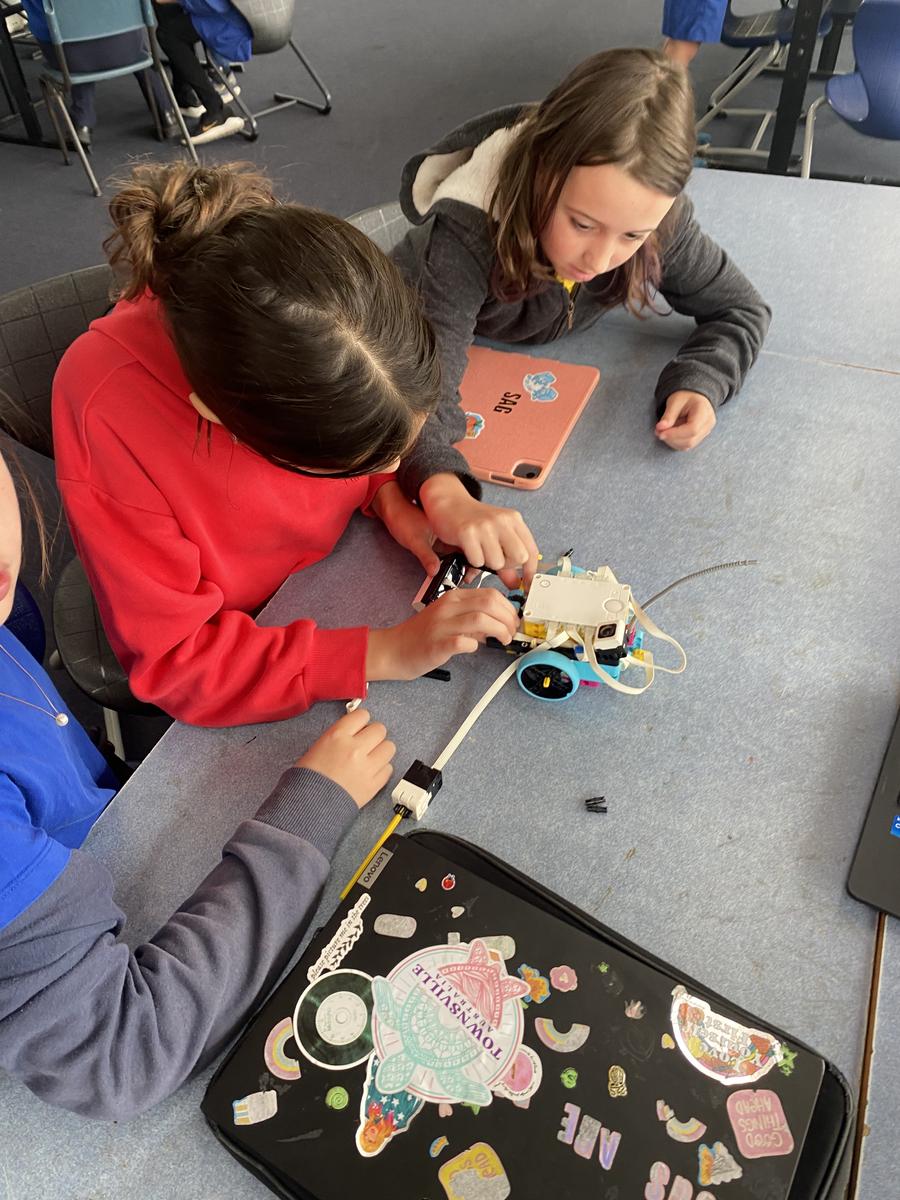STEAM

Foundation
This term, our foundation students have been diving into the exciting world of algorithms and how they can be used to help robots move in specific ways! The children have been given fun challenges to move their robots in a particular order, following simple steps and commands.
We’ve also explored how data (information) can be represented by symbols, like arrows on a map, to show the direction the robots need to go. This hands-on learning is helping students understand how to break down tasks into smaller steps and think logically to solve problems.
It’s been wonderful to watch the students develop their problem-solving and critical thinking skills while having fun with their robots!
1/2s
Over the past two weeks, our 1/2s have been exploring the fascinating world of living things, with a special focus on plants. The children have been learning how to identify what makes something alive, and they’ve discovered that plants, just like animals and people, need certain things to survive and grow.
We’ve talked about the basic needs of plants — sunlight, water, air, and soil — and how we can help take care of them. The students are beginning to understand the importance of regular watering, gentle handling, and providing the right environment for plants to thrive while running an experiment.
We’ve also learned about the different parts of a plant, such as the roots, stem, leaves, and flowers, and what each part does. For example, roots take in water, stems help the plant stand tall, and leaves soak up sunlight!
It’s been exciting to see the students engage with this hands-on learning and develop a deeper understanding of the natural world.
3/4s
We are focusing this term on forces. Students have been introduced to a variety of kinetic art and conducted experiments that explain the forces involved in making them move. Students have so far played keepy-uppy to understand the difference between forces through contact (i.e. hand hitting to push balloon away) and forces that act from a distance (i.e. gravitational pull). We have also looked at simple machines like ramps to test what the affects that the height of the ramp and friction have on how far a ball will roll down it. We will continue to look at more forces throughout the term so that students can create their own kinetic art piece which will be displayed in the Art Festival in Term 4.
5/6
Continuing on from our unit on space last term, students are looking at coding Mars rovers. They have built a robotic rover with colour, distance and force sensors on them. Students have so far learned how to make their rovers move through coding. They will continue to develop their coding skills to using conditional blocks using if/then phrases. This will allow students to automate their rovers to navigate a "Mars Landscape" without crashing into boulders or falling into craters.
